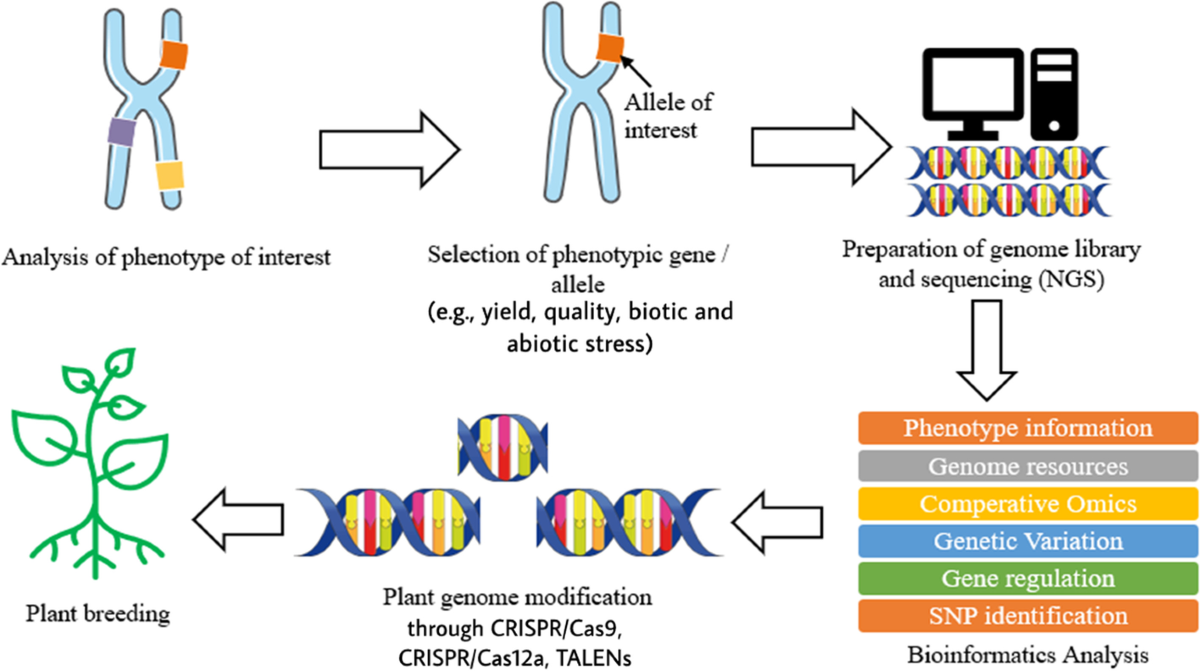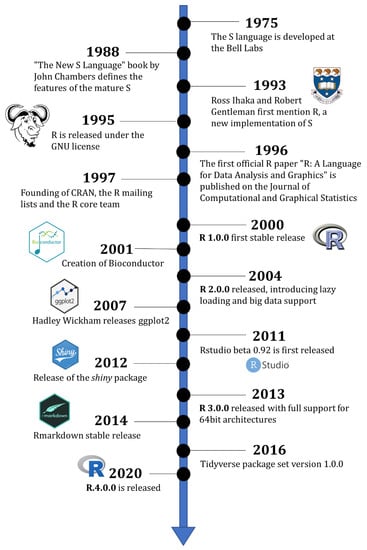See This Report about Bioinformatics Tutor
See This Report about Bioinformatics Tutor
Blog Article
5 Easy Facts About Bioinformatics Tutor Explained
Table of ContentsSome Known Incorrect Statements About Bioinformatics Tutor Some Known Details About Bioinformatics Tutor The smart Trick of Bioinformatics Tutor That Nobody is DiscussingThe Buzz on Bioinformatics TutorThe Bioinformatics Tutor Diaries
Of the total amount participants associated with the training, 80% were trainees from public higher education establishments, while the continuing to be 20% came from private organizations. To get a certificate of involvement, pupils were needed to participate in a minimum of 90% of the total training hours. As an outcome of this requirement, an outstanding 95% of the individuals successfully obtained their certifications, having not just satisfied the minimum participation requirements but also finished all designated activities throughout the training.
Throughout the height of the COVID-19 pandemic, particularly in between June and August 2020, the job group was entrusted with organizing specialized training in bioinformatics. This training was particularly targeted at pupils from the study group Center for Research in Applied Computing at the Federal College of Pará (UFRA) The adjustment to remote understanding platforms due to the pandemic developed a possibility to check out brand-new training methodologies and electronic tools that enhanced both reach and effectiveness.
This program was made to provide an easily accessible yet comprehensive overview of Artificial Knowledge strategies, specifically as used in bioinformatics (Bioinformatics Tutor). This online format made it possible for engagement from students across Brazil, many of whom could not have had the opportunity to participate in in-person sessions.
Our Bioinformatics Tutor PDFs
Roughly 50% of the overall training hours were dedicated to practical tasks where students built intelligent designs and applications in a range of scientific domains, including genes, molecular biology, and environmental information analysis. These systems allowed pupils to engage in real-time data control, version training, and formula trial and error.
Sixty of them were associated with numerous greater education and learning organizations in the state of Pará, while the remaining twenty came from institutions located in 5 other Brazilian states. By introducing Artificial Intelligence in a sensible and relevant context, the initiative served to connect the gap between concept and real-world application, giving pupils with a strong structure for future research or work in the area.
The training campaign developed part of a broader academic outreach initiative understood as the Bioinformatics when traveling job. This project has, for many years, presented dozens of pupils to the globe of bioinformatics and computational biology. The events held under this umbrella effort have occurred throughout multiple regions and years, as summarized in Table 1 (Checklist of events, areas, years, and total numbers of pupils and instructors)
Among one of the most exceptional outcomes of the Bioinformatics when driving effort has actually been its payment to the growth of decentralized study groups. Numerous of these teams, at first brought together by their participation my link in training occasions, have because taken place to generate independent clinical research study in partnership with regional scholastic establishments. The training not just fostered scientific thinking within the context of bioinformatics but additionally stimulated joint connections that extended past the training setting. These collaborations have actually brought about enhanced regional clinical productivity and added meaningfully to the growth of the wider bioinformatics area in Brazil.
Top Guidelines Of Bioinformatics Tutor
The same group, leaving out IH and RR, also acted as tutors for the useful training components. Funding for the task was provided with the grant 88887.200562/ 2018-00 from CAPES.
The Federal University of Pará's Workplace of look these up Research study (PROPESP/UFPA) likewise offered financial support, specifically for the production of the final manuscript. The authors state no business or economic conflicts of rate of interest that could have affected the research study. All interpretations and opinions expressed in this short article are only those of the writers and do not necessarily reflect those of their corresponding organizations, the publisher, editors, or customers entailed in the magazine procedure.

Bioinformatics Tutor Things To Know Before You Get This
From an instructional viewpoint, the training strategy made use of in the training was deliberately interactive. Classes were carried out in a way that encouraged student participation and discussion, surpassing rote memorization to discover just how concepts are established, used in every day life, and evaluated in academic settings. The educational ideology concentrated on supporting both solid and having a hard time students, providing customized assistance, and structure confidence via continual mentorship and persistence.

Each group, consisting of approximately 36 participants, was supported by three coaches-- a lot of whom were postdoctoral researchers with specialized knowledge. These mentors not only assisted create the group jobs yet likewise facilitated their implementation, making certain that each research question was both relevant and suitably difficult. The objective was to offer a biologically practical context that participants might explore via flexible objectives and accessibility to curated datasets.
For additional insights right into the method and outcomes of this project-based learning strategy, visitors are directed to S1 Text, that includes comprehensive summaries of the pedagogical structure, analysis methods, and project motifs utilized in the training sessions.
Some Ideas on Bioinformatics Tutor You Should Know
Of the total amount individuals entailed in the training, 80% were students from public higher education and learning institutions, while the staying 20% came from personal institutions. To qualify for a certificate of participation, pupils were needed to attend at the very least 90% of the complete training hours. Significantly, past the pupils that registered in the training sessions, seven experienced trainers got involved in supplying the courses, while three dedicated research professors collaborated the general training procedure. About 50% of the complete training hours were dedicated to useful tasks where trainees constructed smart versions and applications in try this an array of scientific domains, including genetics, molecular biology, and ecological information analysis. The training not only fostered scientific thinking within the context of bioinformatics but also sparked collective connections that prolonged beyond the training environment.
Report this page